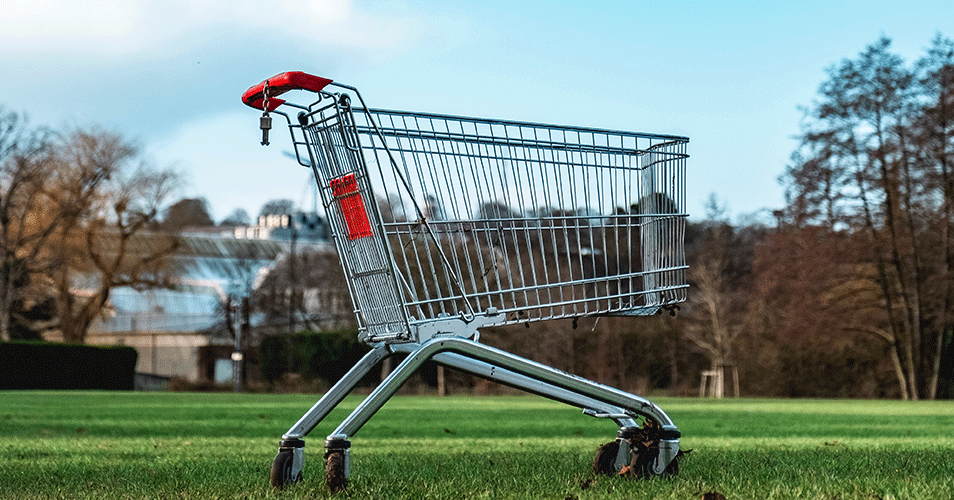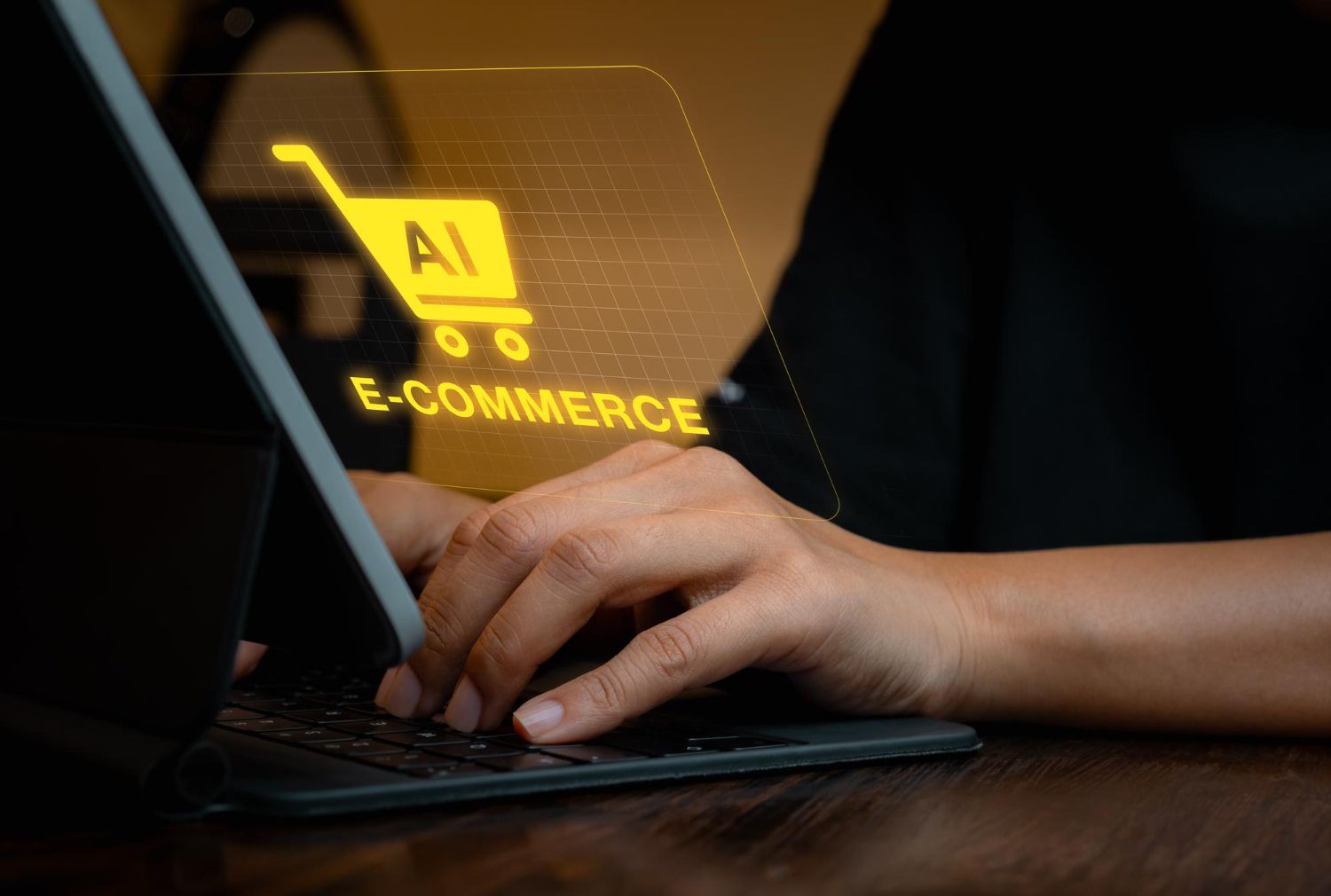Why Shoppers Abandon 70% of Carts (and What You Can Do About It)
Cart abandonment is predictable and fixable. Here's a practical playbook to win back sales
The Ancient Problem in a Modern World
Two centuries ago, at a crowded bazaar, a merchant would watch as a shopper filled a basket with spices and fabrics… only to set it down and walk away. The disappointment was real, but at least the merchant could see it happen.
Fast forward to today, the same story plays out invisibly across the the internet. Shoppers browse, click "Add to Cart," and then disappear without buying.
Ecommerce calls it cart abandonment, and it's one of the industry's costliest problems.

The $4 Trillion Problem in Ecommerce
🛒 70% of online shopping carts are abandoned. That's 7 out of 10 customers who intend to buy — but never finish. Globally, this adds up to over $4 trillion in lost revenue every year.
The good news? Cart abandonment isn't random. It happens for predictable reasons—so you can reduce it, and even small improvements can dramatically boost revenue.
Why Shoppers Abandon Carts
👉 Most abandonment happens for just a handful of reasons.

1. Unexpected Costs
Surprise shipping fees, taxes, or handling charges at checkout. A $50 product suddenly costs $70.
Stat: 48% abandon due to unexpected costs.
2. Complicated Checkout
- Long forms
- Forced account creation
- Too many steps between "Cart" and "Complete Order"
3. Lack of Trust
- No SSL / secure payment badges
- No visible refund/return policy
- Few or no customer reviews
4. Site Speed & Bugs
1s delay = 7% fewer conversions. Checkout errors = instant exits.
5. Poor Mobile Experience
- Tiny buttons
- Pinch-to-zoom fields
- Slow page loads
6. Just Browsing
Many use carts as a "wishlist" or "save for later".
The Real Cost of Abandonment
Cart abandonment doesn't just waste opportunity — it eats revenue.
- Lost sales → fewer conversions
- Wasted ad spend → you paid to bring in traffic that never buys
- Lower LTV → you lose potential repeat customers
Example:
10,000 carts/month × $60 AOV = $600,000 potential revenue
At 70% abandonment → $420,000 lost each month
Cut abandonment by 15% → recover $75,000+ per month
Quick Fixes (The Low-Hanging Fruit 🍎)
These are the fastest ways to reduce cart abandonment:
✅ Simplify Checkout
- Enable guest checkout
- Ask only for essentials
- Autofill + address lookups
- One-click payments (Apple Pay, Google Pay, Shop Pay)
✅ Be Transparent About Costs
- Show shipping earlier in the journey
- Offer free shipping thresholds
- Avoid hidden fees
✅ Optimize Mobile
- Design mobile-first
- Test flows on real devices
- Use large, easy-to-tap buttons
✅ Build Trust
- Show reviews & ratings at checkout
- Display SSL + secure payment icons
- Add a clear refund/return policy
✅ Improve Speed
- Compress images
- Reduce redirects & popups
- Use reliable hosting/CDN
Smarter Marketing Tactics
💡 These strategies recover shoppers who already left:
- Exit-intent popups → Catch them before they close the tab
- Abandoned cart emails → Product images + urgency
- Retargeting ads → Remind across social & search
- Loyalty rewards → Points or perks for completing checkout
Pro Tip: Send your first cart recovery email within 1 hour. The sooner, the better.
The Psychology of Checkout 🧠
- Scarcity: "Only 2 left in stock" → urgency
- Social Proof: "500 bought this today" → trust
- Anchoring: Higher price crossed out → discount feels stronger
- Free Shipping Magic: "Spend $10 more for free shipping" → higher AOV
Advanced Solutions (Where Tech Steps In ⚙️)
Traditional fixes matter, but tech supercharges recovery.
🔹 AI-Powered Personalization
- Tailored discounts at checkout
- Personalized product recommendations
- Behavior-driven offers
🔹 Predictive Retargeting
Focus spend on shoppers most likely to return.
🔹 Intelligent Recovery Campaigns
- Smart subject lines and timing
- Multi-channel outreach: email, SMS, push
- AI-driven incentives
🔹 Fraud Prevention
- Detect suspicious behavior instantly
- Prevent false declines
- Build trust with safer checkout

Real-World Wins
- Fashion brand → +20% conversions after adding guest checkout + one-click payments
- Electronics store → +18% recovery with AI-driven cart emails
- Beauty retailer → Free shipping threshold boosted AOV by 25%
The Cart Recovery Playbook: 5 Steps to Win Back Sales
Instead of random fixes, here's a step-by-step playbook any ecommerce brand can follow.
Step 1: Audit Your Checkout Flow
Map every click from "View Cart" to "Complete Order." Remove unnecessary fields. Test on desktop, tablet, mobile. Ask: "If I had to buy this in 60 seconds, could I?"
Pro Tip: Watch session recordings (Hotjar, FullStory) to spot drop-offs.
Step 2: Fix Trust Signals
Add secure payment icons, SSL badges, clear return/refund policy, and reviews near the payment button.
Step 3: Make Shipping Transparent (and Smart)
Show costs upfront, offer thresholds, and test flat-rate shipping.
Step 4: Build a Recovery Flow (Email, SMS, Retargeting)
- 1st email: within 1 hour (gentle reminder)
- 2nd email: at 24 hours (add urgency)
- 3rd email: at 72 hours (sweeten with incentive)
SMS: short, direct. Retargeting: dynamic ads with the exact product.
Stat: Recovery emails typically recover 10–15% of abandoned carts.
Step 5: Test, Measure, Optimize
Track Abandonment Rate, Recovery Rate, AOV, Time-to-Recovery. A/B test incentives and timing. Revisit quarterly.
The Future of Cart Recovery 🚀
- Voice checkout: "Alexa, buy now"
- Visual recovery: Suggesting similar items when one is abandoned
- AI shopping assistants: Virtual helpers in your cart
- AR try-ons: Reduce hesitation by letting shoppers "see before they buy"
Final Takeaway
Cart abandonment is as old as commerce itself—from the bazaar shopper who set down a basket centuries ago, to today's online visitor who closes the tab.
But ecommerce brands aren't powerless. By following the Cart Recovery Playbook—auditing checkout, fixing trust, making shipping transparent, building recovery flows, and continuously optimizing—you can reclaim lost revenue and turn abandoned carts into loyal customers.
You may never hit 0% abandonment, but you can turn a $4 trillion global problem into a growth opportunity for your store.
